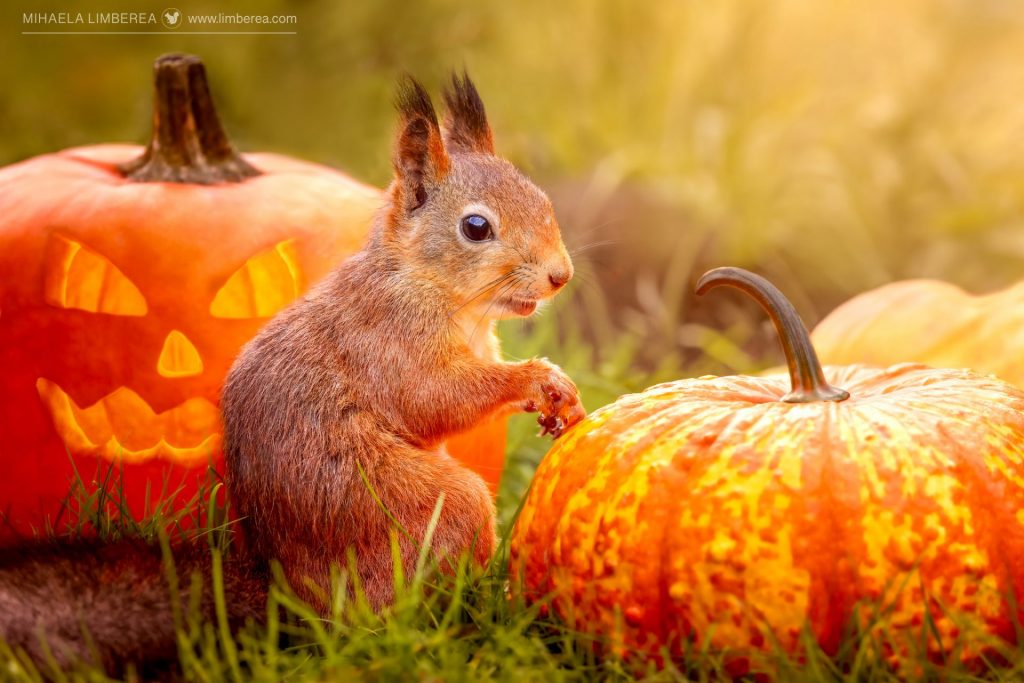
Did you know that October is Squirrel Awareness Month?
It all started in 1995 when Greg Bassett, deeply moved by his encounter with a fox squirrel at the Grand Canyon, founded the Squirrel Lover’s Club and Squirrel Awareness Week. This initiative later expanded into Squirrel Awareness Month, a testament to the profound impact a single squirrel can have on a person.
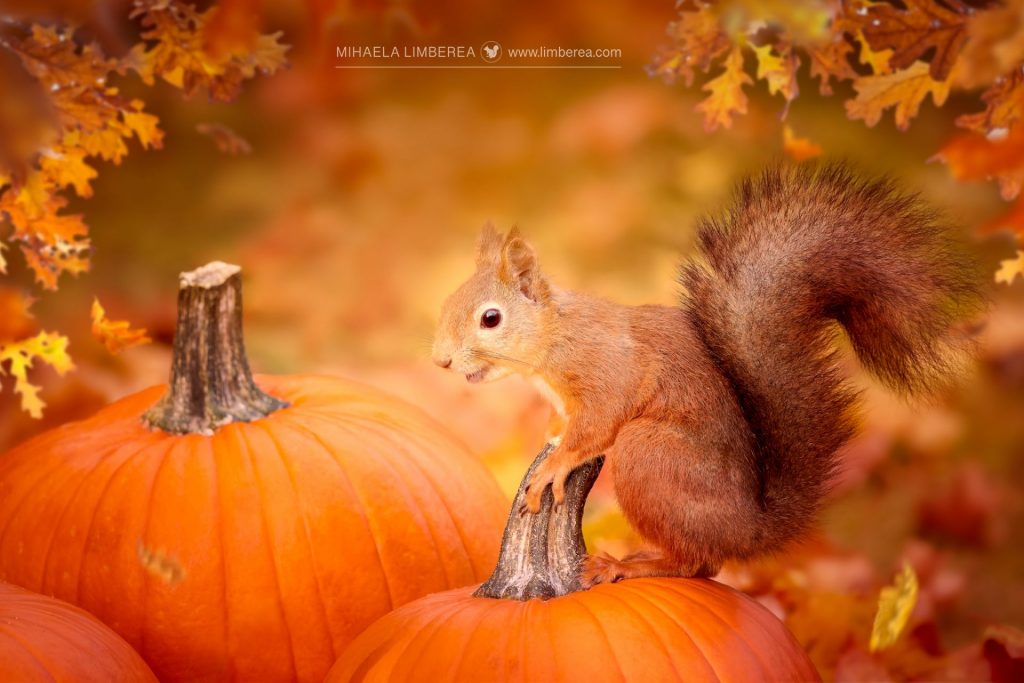
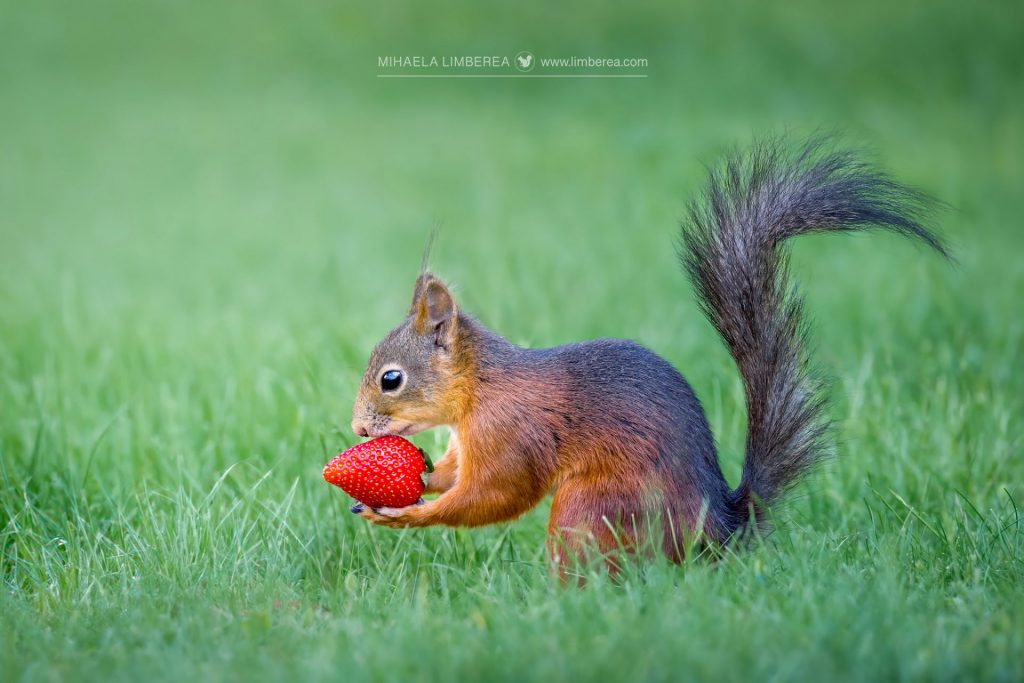
The creation of Squirrel Awareness Month helped highlight the critical role squirrels play in our environment. ‘Squirrel Awareness’ refers to the understanding and appreciation of the ecological importance of squirrels and the need to protect their habitats.
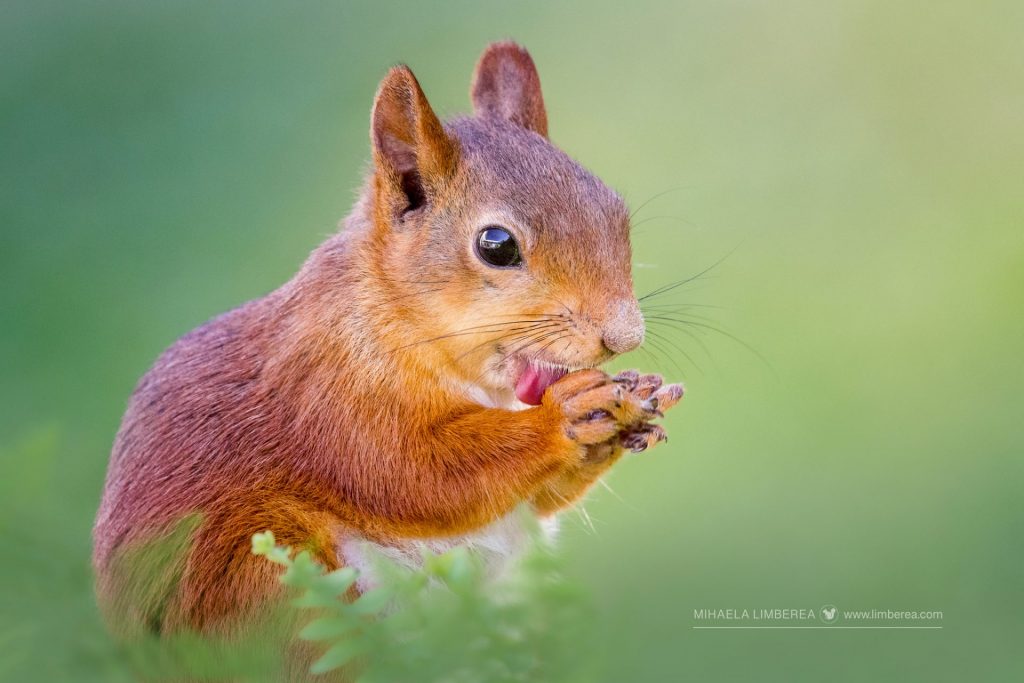
However, due to deforestation and urbanization, squirrel populations are declining in many areas. Squirrels, with their unique behavior of burying nuts, are key players in forest regeneration. Many of these buried nuts sprout into trees, contributing significantly to reforestation. This behavior underscores the vital role squirrels play in maintaining healthy ecosystems, a fact that we should all appreciate.
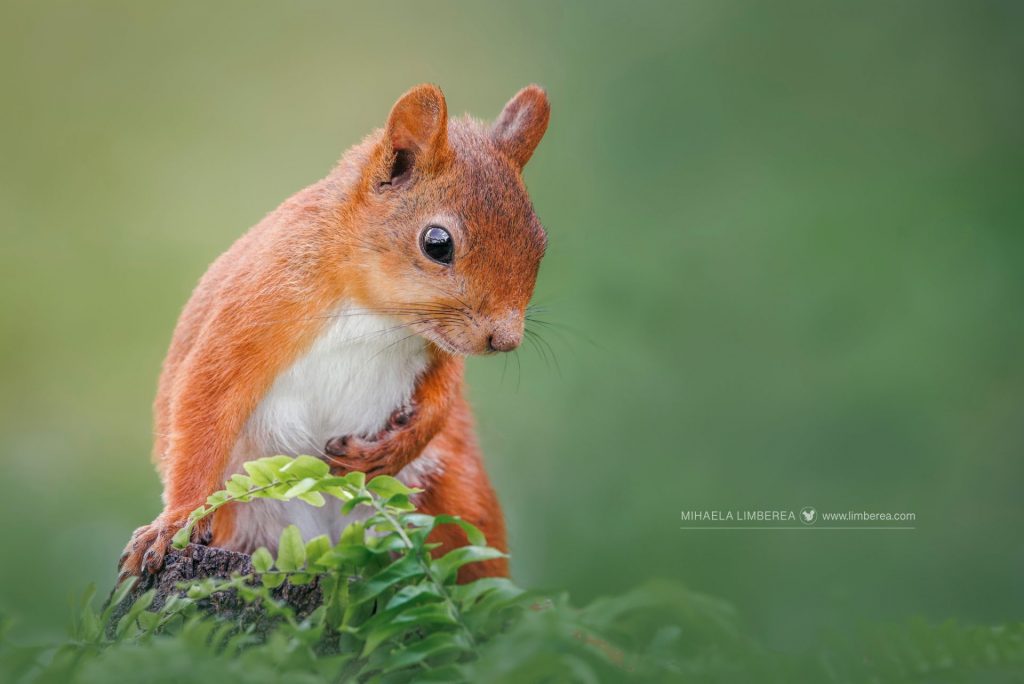
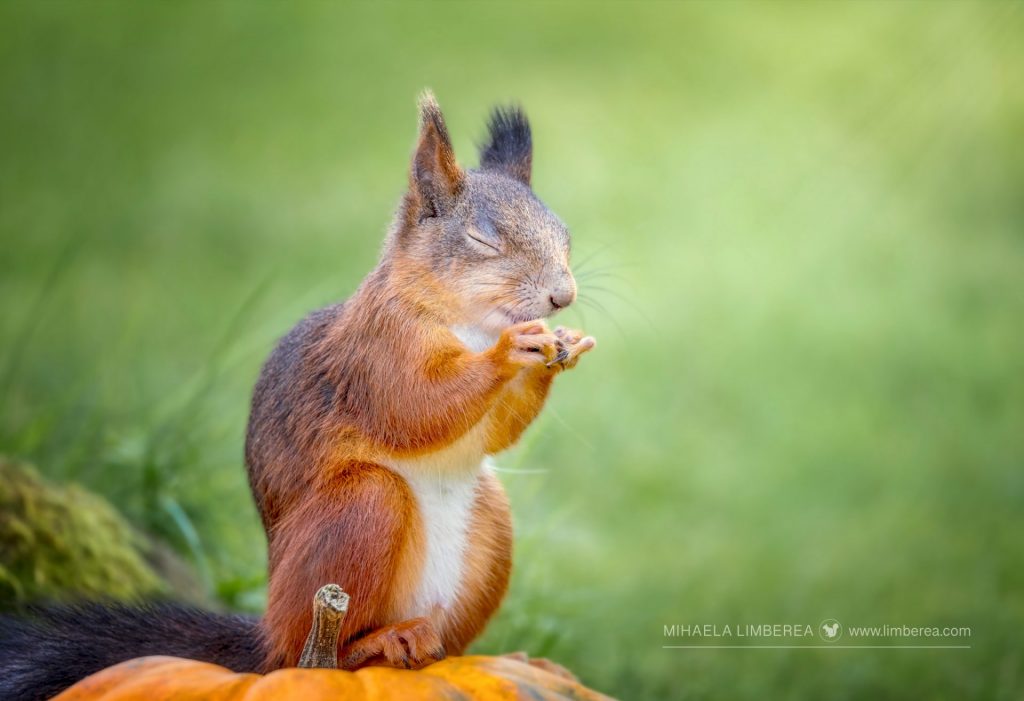
Interesting Facts About Squirrels
- Red squirrels change their body fur twice every year, but their tail hair only changes once.
- They can jump over 2 meters (6.5 feet), ten times their body length (without the tail). The long tail, measuring another 20 centimeters (8in), helps squirrels to balance and steer when jumping.
- Squirrels live in a nest known as a drey. Dreys are located high up in trees, made from twigs, and lined with moss, leaves, and other soft materials.
- They engage in deceptive caching. The squirrel digs a hole and fiercely plugs it up without using the nut to fend off any food thieves.
- Squirrels like to gnaw on reindeer horns. The horns provide a good supplement of calcium, phosphorus, glucosamine, and chondroitin, with trace amounts of magnesium, potassium, zinc, and iron.
- Squirrels’ front teeth don’t stop growing. Like those of other rodents, squirrels’ front teeth continue to develop throughout their lives. Gnawing on animal horns (see above) helps squirrels grind down their teeth.
- They zigzag to avoid predators. Squirrels flee in a zigzag fashion when they are threatened.
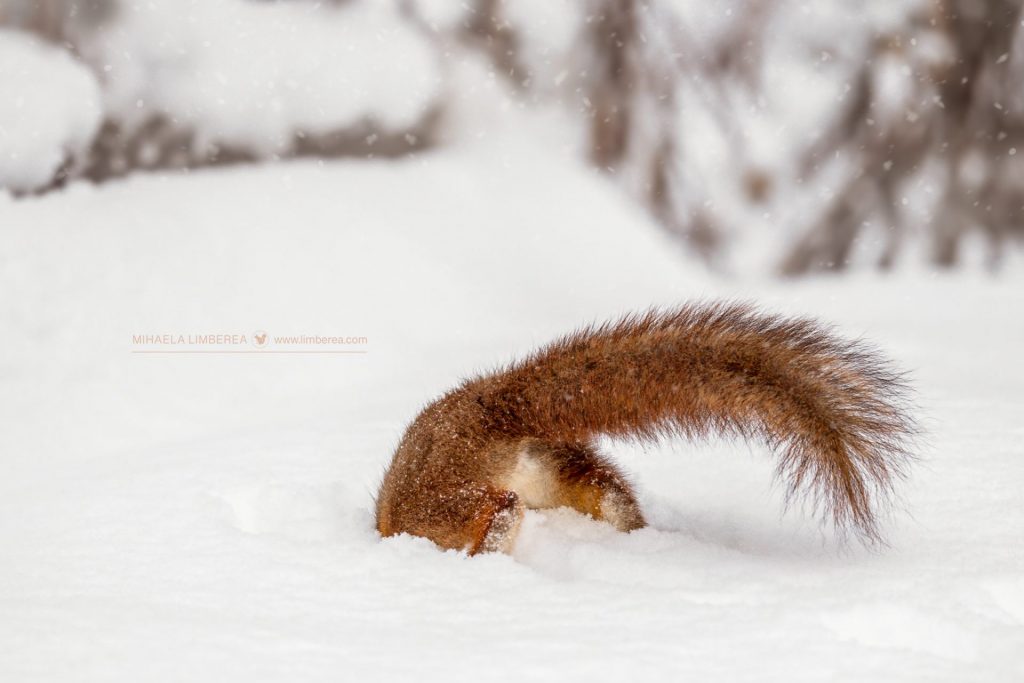
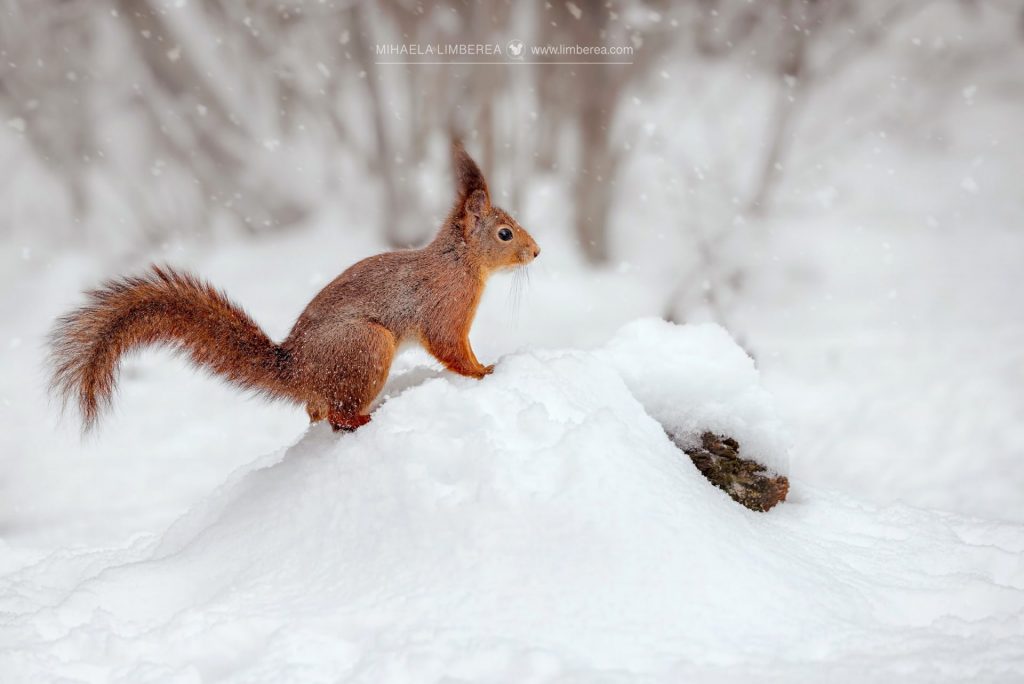
How to Celebrate Squirrel Awareness Month
- Feed the little critters nuts, fruits, and vegetables. Squirrels love walnuts and hazelnuts (all kinds of nuts, really), so you can start with that. You can go to a park or set up a simple feeding station in your backyard. Fill feeders with a mix of nuts, seeds, and fresh fruits. You could also transform your garden into a squirrel-friendly sanctuary by setting up squirrel houses, planting nut-bearing trees, and creating safe spaces for them to hide.
- Plant some trees to support squirrel habitats. They provide food and shelter for the squirrels and other small animals and birds. You can also create a safe space for squirrels to hide by leaving some areas of your garden undisturbed and providing water sources.
- Share the Joy: capture the squirrels in action and share their shenanigans on social media, using #SquirrelAwarenessMonth to connect with others who appreciate these fascinating creatures.
Bonus: NASA engineer designed a squirrel-proof birdfeeder. Or so he thought.
Related Posts
- Simple Steps to Improved Biodiversity in the Garden
- Protecting Our Planet’s Precious Wildlife: Celebrating World Animal Day
- Meet Gretel, the Little Red Squirrel
- Of Squirrels and Woodpeckers
- Fight or Flight?
If you liked this post, share it on your preferred social network or forward it to a friend.